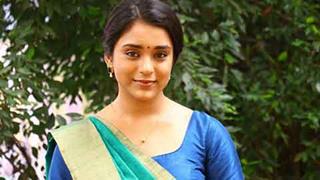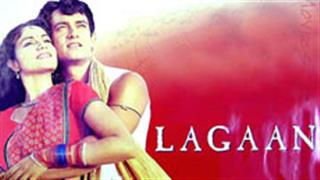Rightly described as a megastar, producer, director, actor and all-round showman, Ranbir Raj Kapoor has permanently carved for himself a special niche in commercial Hindi cinema.
Ranbir Raj Kapoor, the eldest son of actor Prithviraj Kapoor, failed his matriculation examination and began work as an attendant on the sets of Dilip Kumar`s first film, `Jwar Bhatta`. Later, he assisted Kidar Sharma and was also made to sweep the floors and act as a clapper boy. Once, he was even slapped by Sharma when he didn`t do his job well. But it was the same man who gave Raj his first break as a hero in `Neelkamal`, in 1947. In 1948, he set up his own studio and made his first feature film, Aag (Fire), which would become the first of his many early successes, including Barsaat (Rain) in 1949 and Shri 420 (Mr. 420) in 1955.
Raj Kapoor whole-heartedly embraced the Indian popular cinema from the very beginning. He made every effort to ensure that his movies appealed to every section of society, in particular the mythical `common man`. Film historians and buffs have spoken of him as the `Charlie Chaplin of India`, since he often himself played a tramp-like figure who, despite adversity, could still be cheerful and honest, a `gem of a man`. He appealed also, as in his films Aag and Jis Desh Mein Ganga Behti Hein ["The Country in which the Ganges Flows"], to patriotic sentiment.
 The songs of his films endeared Raj Kapoor not only to the masses in India, but to audiences in large parts of
Africa, the Middle East, and the former Soviet Union, where his films were to become enormous commercial successes. Many of his films were to be characterized not only by lively music, but by the extensive use of elaborate sets. The angst of the common man is portrayed through heavy brooding landscapes and sets with sharply contrasted light. Visual imagery would always be an important part of his films.
The songs of his films endeared Raj Kapoor not only to the masses in India, but to audiences in large parts of
Africa, the Middle East, and the former Soviet Union, where his films were to become enormous commercial successes. Many of his films were to be characterized not only by lively music, but by the extensive use of elaborate sets. The angst of the common man is portrayed through heavy brooding landscapes and sets with sharply contrasted light. Visual imagery would always be an important part of his films.
However, after the box office failure of his ambitious Mera Naam Joker (My name is Joker), which took six years to complete, his movies took a more sensual turn. The film Bobby (1973) introduced Dimple Kapadia, who would go on to become one of India`s superstars, and established itself as the fore-runner of a new generation of romances targeted for adolescents. But the film owed its phenomenal success to other considerations as well. By the restrictive if not puritan standards of commercial Hindi cinema, Kapadia appeared in suggestive, some would say rather sexually explicit, poses and scenes. Raj Kapoor kept up with this trend of titilating sexuality in later films like Satyam Shivam Sundaram (1978) and Ram Teri Ganga Maili (1985).
 He was honoured with the
Dadasaheb Phalke Award in 1988, and died soon after (3 June,
1988). What remains however is his contribution to Indian Cinema and his place as one of its finest products.Though Raj Kapoor has been described by one critic as exhibiting
"the carnality of a schoolboy" in his films, it remains indubitably the case that he has been among the most successful film-makers for nearly four decades. Thus his sensitivity to the requirements of film audiences should not be dismissed. The present generation of films from Bollywood still borrows several themes that had been perfected in his films, and some believe that it is still a compliment for a commercial film to be compared to one of his works.
He was honoured with the
Dadasaheb Phalke Award in 1988, and died soon after (3 June,
1988). What remains however is his contribution to Indian Cinema and his place as one of its finest products.Though Raj Kapoor has been described by one critic as exhibiting
"the carnality of a schoolboy" in his films, it remains indubitably the case that he has been among the most successful film-makers for nearly four decades. Thus his sensitivity to the requirements of film audiences should not be dismissed. The present generation of films from Bollywood still borrows several themes that had been perfected in his films, and some believe that it is still a compliment for a commercial film to be compared to one of his works.


















